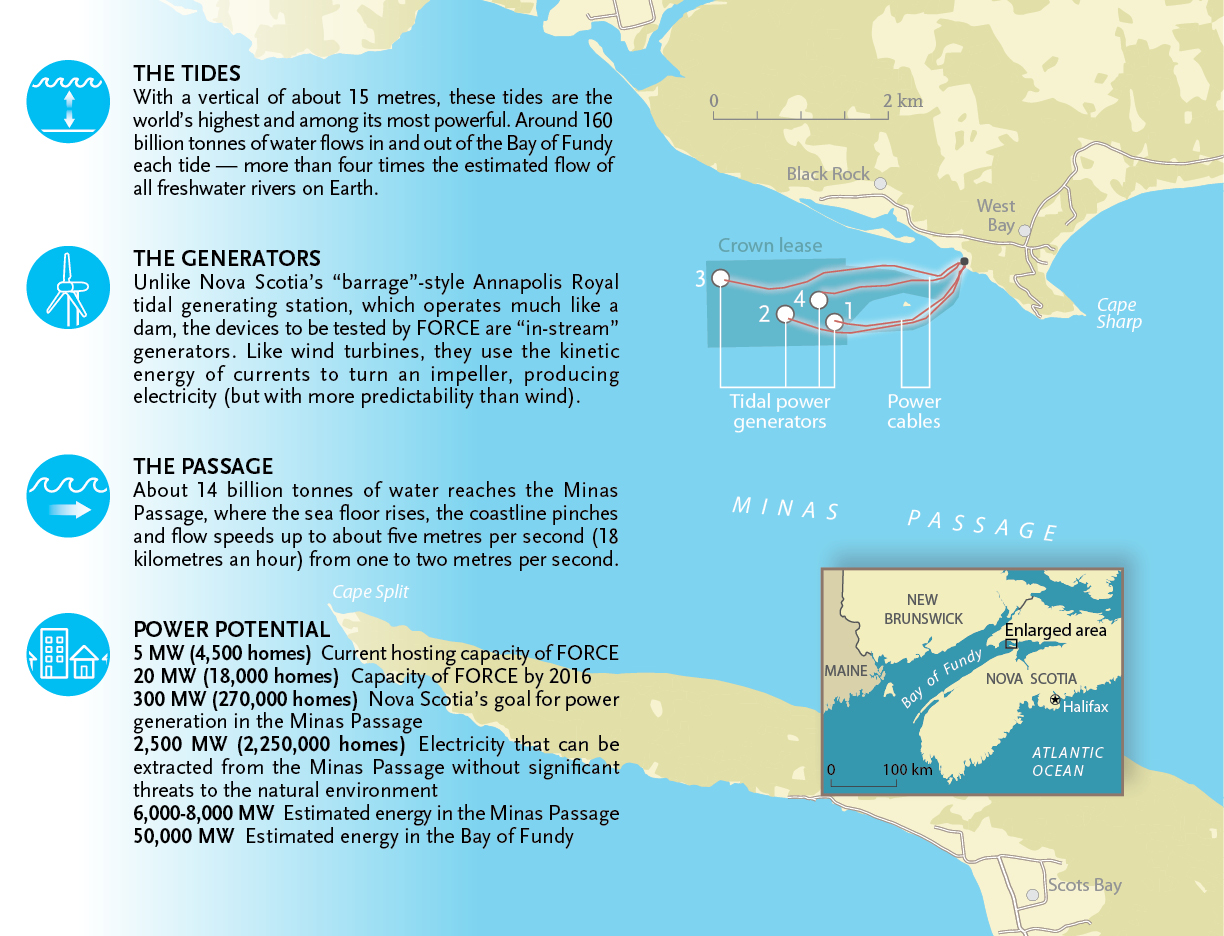The average energy investor is by now well aware of the sector's monumental shift from fossil fuels to renewable energy. Coal-powered power plants have been shuttering at an alarming clip as the price of electricity from natural gas and renewables undercuts them while wind and solar generation continue to gain the ascendancy.
But nowhere has this change been as dramatic as the transport industry, with EV titans such as Tesla Inc. (NASDAQ:TSLA) and NIO Ltd. (NYSE:NIO) now commanding substantially higher valuations than their imposing ICE brethren, General Motors (NYSE:GM) and Ford Motors (NYSE:F). Indeed, the global EV sector now carries a higher valuation than the global ICE sector despite accounting for less than 3% of new vehicle sales in 2020.
It's a situation eerily reminiscent of the thousands of buggy and whip companies that were rendered obsolete in the early 20th century.
But now, a section of Wall Street says the situation is a lot more dire than that.
Morgan Stanley has argued that traditional ICE makers are destined to become money-losers as early as 2030.
MS' analyst Adam Jonas says the market may be ascribing zero or even negative value for ICE-derived revenues at GM and Ford and has listed a variety of factors that are likely to transform the companies' once-profitable assets into potentially cash-burning and loss-making businesses.
Pivoting to EVs
Morgan Stanley is hardly alone in its very dim outlook of the traditional auto industry.
A recent survey on institutional investors by the investment firm has revealed that 17% of respondents think ICE technology has no zero or negative value today, while 60% have rated ICE technology as only slightly positive. Just 23% think gasoline and diesel tech still carries a significant positive value.Related: Oil Prices Slip On Large Gasoline Build
But don't get us wrong: Nobody is saying that GM and F stocks are about to go the way of DMC, maker of the once-iconic DeLorean car of the Back to the Future fame.
In fact, GM and Ford could gain a new lease of life after belatedly going all-in into the EV megatrend.
Indeed, General Motors has vowed to end production of all diesel and gasoline-powered cars, trucks and SUVs by 2035 as part of the company's plan to shift its entire new fleet to electric vehicles.
GM also says it plans to use 100% renewable energy to power its U.S. facilities by 2030 and in its global facilities by 2035 and intends to become GM carbon neutral in both its global products and its operations by 2040. Further, the automaker says it will focus on offering zero-emissions vehicles across a wide range of price points and work with various stakeholders to build out the necessary charging infrastructure while promoting consumer acceptance.
If you think that does not sound like the usual GM playbook, you are not imagining things.
GM supported the Trump administration's pro-carbon lawsuit that was meant to force California and several other states with gas-mileage standards to lower them to the national standards. GM, however, flipped after Trump lost in November and withdrew from the suit on Nov. 23 after Biden became the clear winner. Since then, GM has announced a raft of electrification plans, which has helped GM stock rally 35% in the year-to-date.Related: Russian, Saudi Oil Giants To Benefit From Biden’s Anti-Oil Agenda
Morgan Stanley itself prefers General Motors to Ford, maintaining an Overweight rating on the stock while dropping Ford to an Underweight rating from Equal Weight due to a less-than-stellar sum-of-the-parts value.
In fact, Adam Jonas thinks GM's fair value could exceed 50% of current share price while Ford's is 20% lower:
"Our revised DCF and SOTP composition through the 2030 horizon factors in greater caution on our ICE forecasts for both companies, while increasing the value of the EV and AV-related businesses for each. For GM, the offset of the negative ICE adjustments and positive EV adjustments drives an increase in our price target to $80, suggesting over 50% upside. For Ford, our adjustments are substantially offsetting. This, combined with the recent run-up in the stock (which has kept pace with GM YTD) offers more than 20% downside to our price target."
Nevertheless, F shares have similarly climbed 35% YTD.
Need we say that both ICE stocks have handily outperformed TSLA, which has only managed a 20% YTD return.
By Alex Kimani for Oilprice.com




















 © NASA/JPL-Caltech
© NASA/JPL-Caltech

